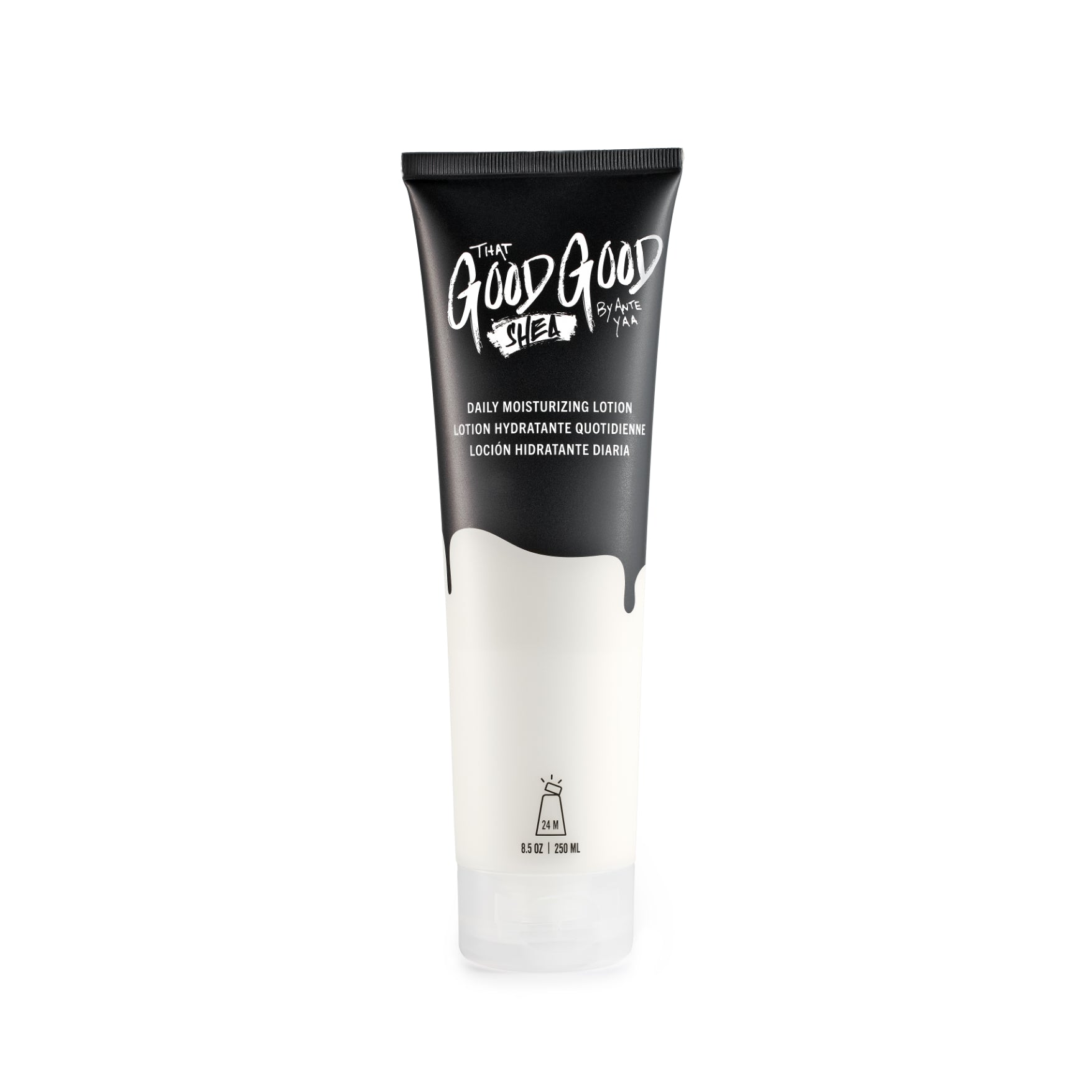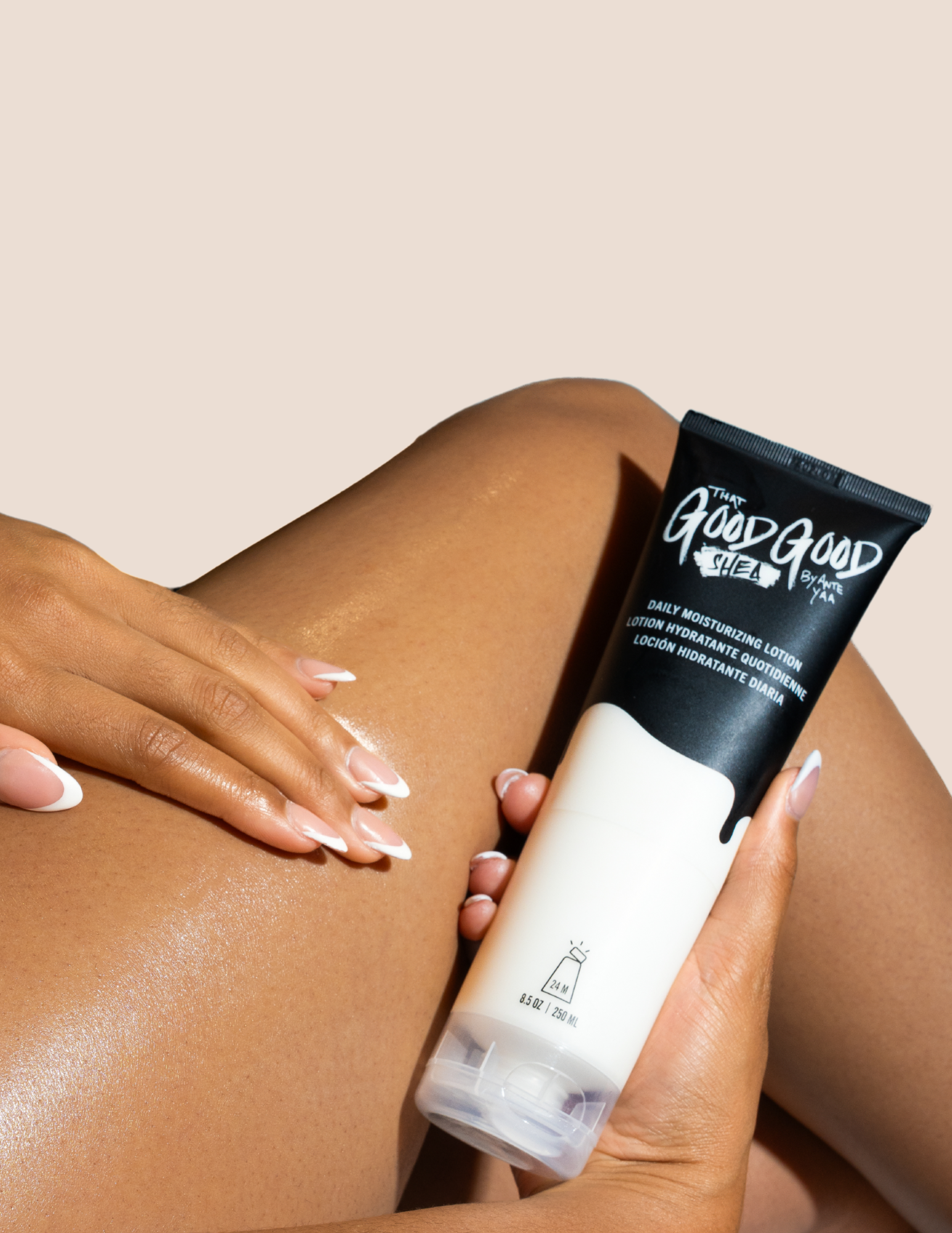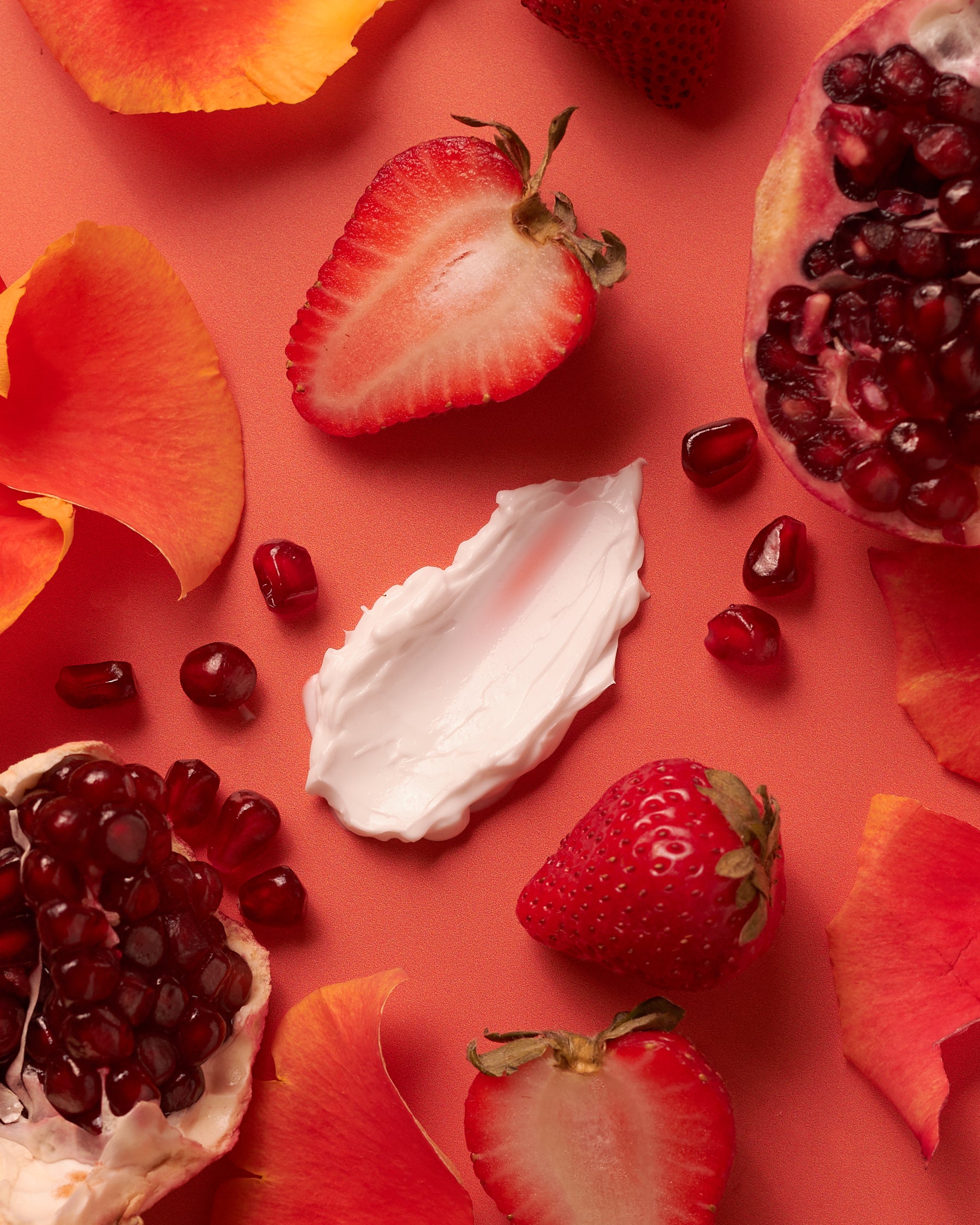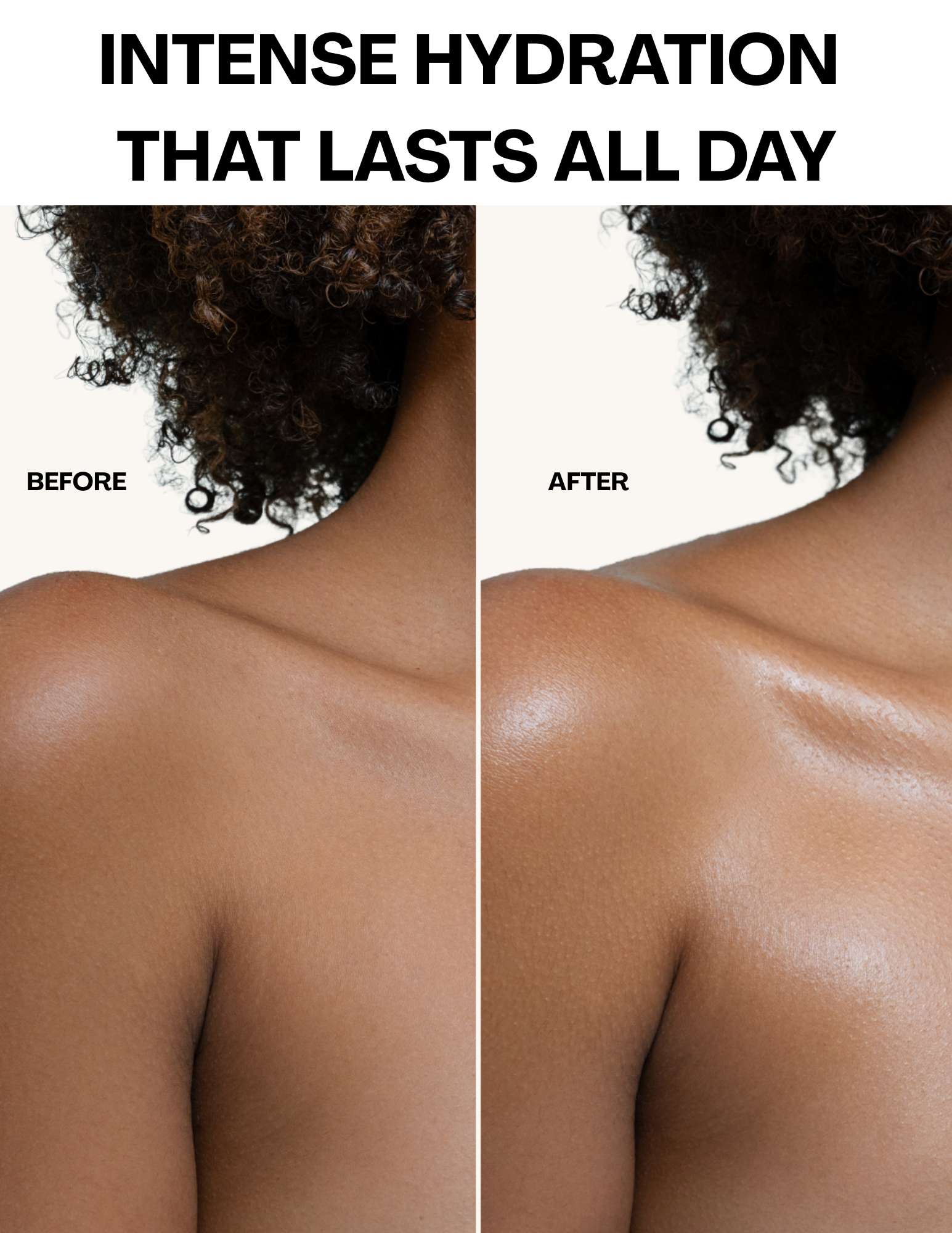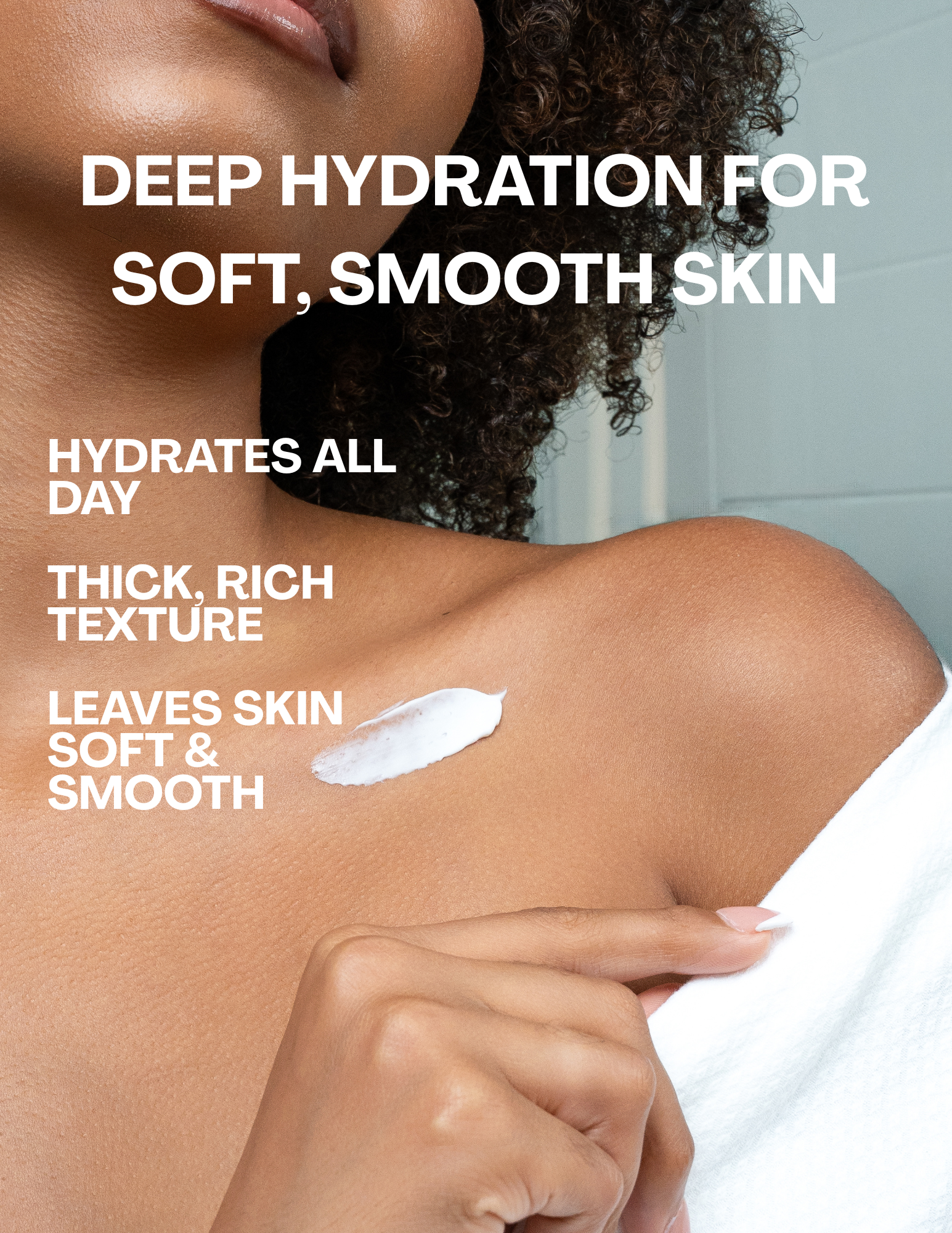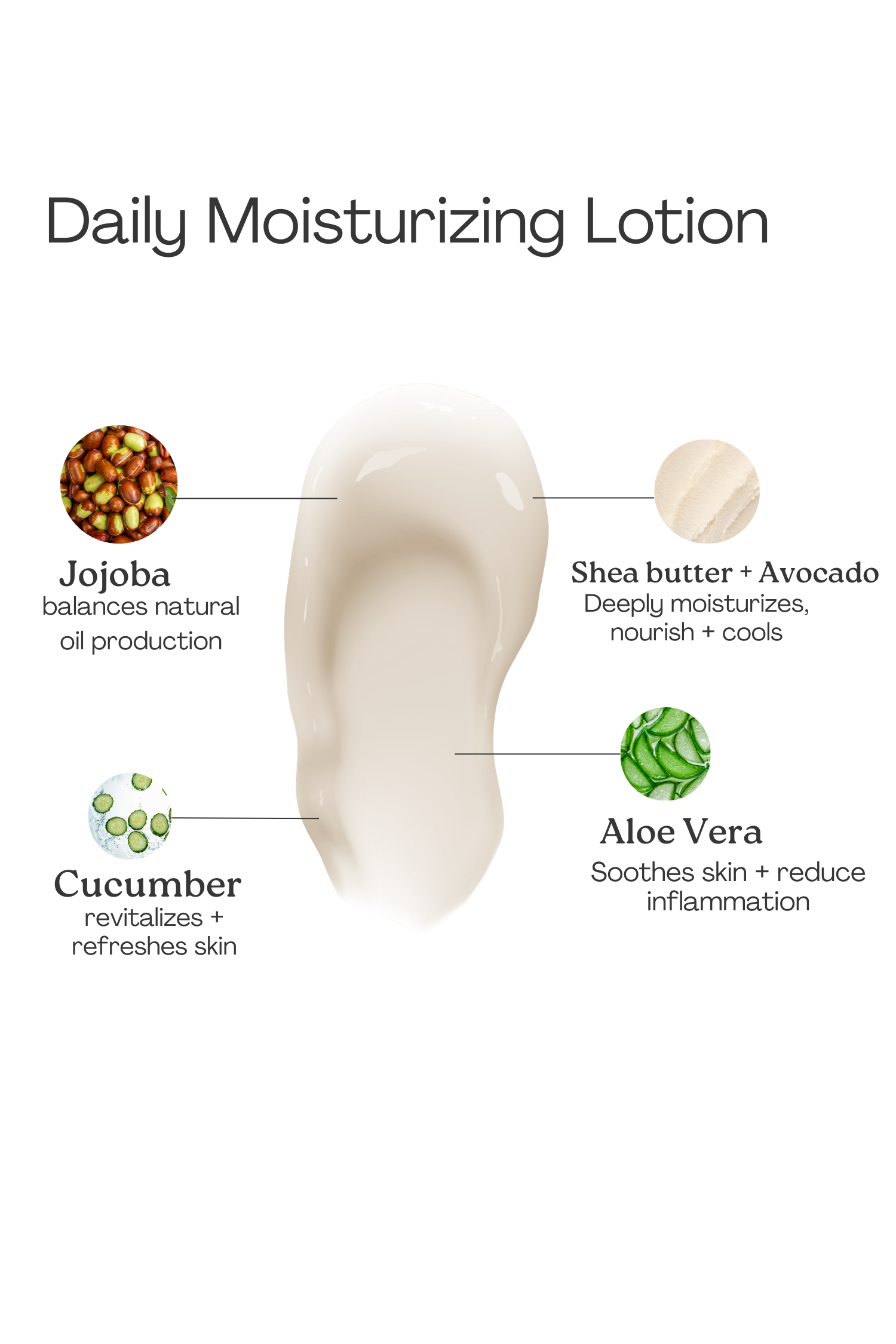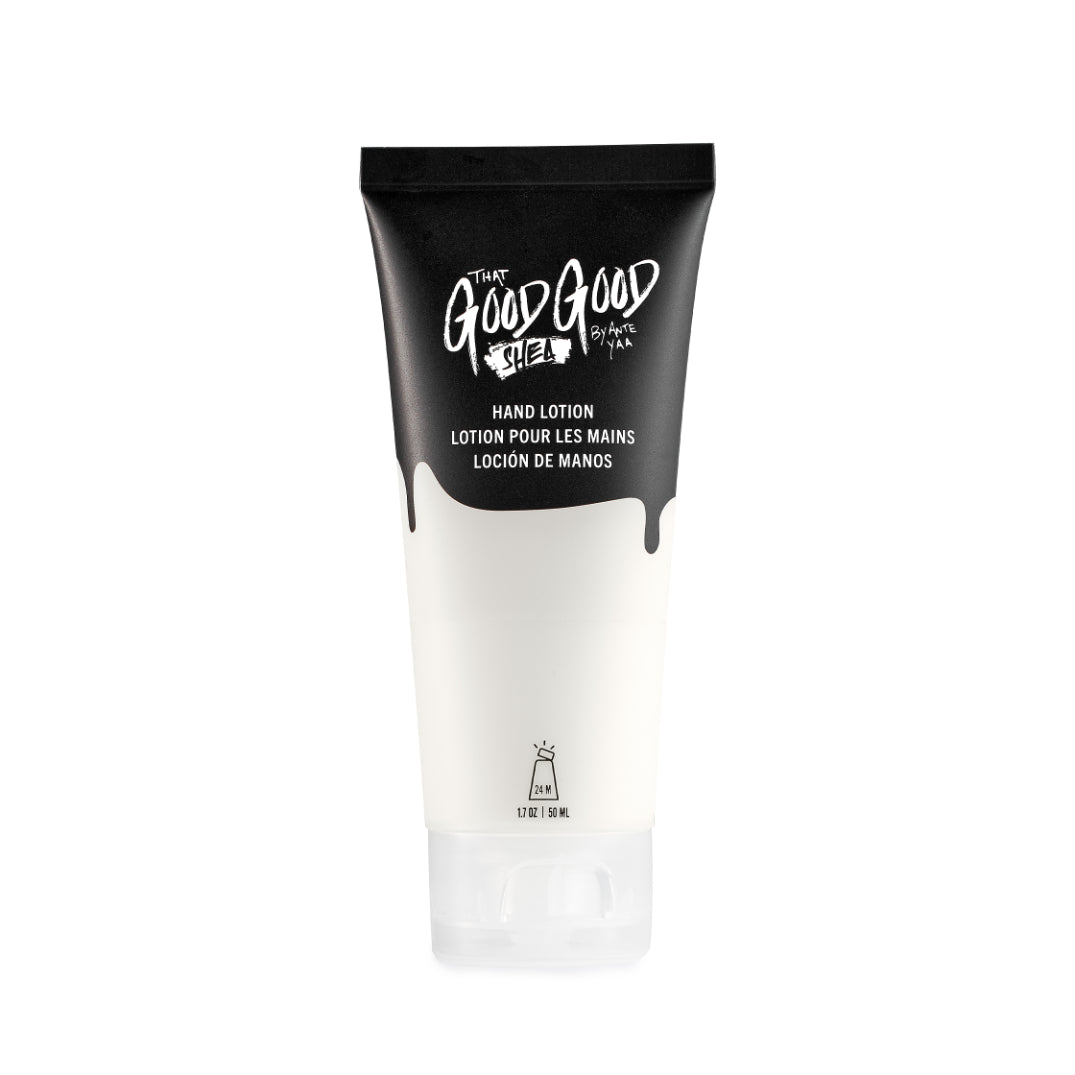Spring has sprung! The snow has melted, and the warmer weather is coming in! With the new season comes starting new habits and setting new goals. However, this doesn't mean just because winter's harsh weather is ending, we should ease up on taking care of our skin! Even though dry and cold weather is a leading factor for causing unwanted skin issues, spring weather brings its own new potential skin irritant triggers like warmer temperatures, humidity, and sun exposure. The season shift can also change your skin’s overall health and appearance, making it necessary to switch up your skincare routine to address your skin’s different needs in the warmer weather!
The change in spring weather can also significantly impact those of us with common skin conditions like dry skin, sensitive skin, and eczema. So, staying consistent with your skincare routine is key to keeping your skin healthy and glowing as we transition into spring, regardless of your skin sensitivity!
Knowing your skin type and condition is crucial to help anyone understand how to better care for their skin. Check out That Good Good Shea’s Top 5 Tips for A Dry Skincare Routine if you want to learn more about what normal skin, dry skin, sensitive skin, and eczema conditions are to find the best way to apply the spring skincare tips we share in this blog to reach your main skin goals and needs!
With the spring weather here, our skin does not necessarily need thick layers of moisturizer. Still, it does require a good skincare regimen to continue making way for healthier skin that stays well-hydrated and protected from external factors that can induce unwanted skin irritation or blemishes. For example, using That Good Good Shea’s shea-infused products can protect the skin from environmental skin irritants like exposure to the sun’s harsh UV rays as we start to go out more to enjoy the nice weather and wear clothing that provides less skin coverage.
Before we go over some easy ways to update your skincare routine to better care for your skin during the spring, let’s review the difference between shea butter and shea oil. This will help you find the most suitable way to apply the skincare tips we share here to reach whatever your skin needs are in your routine!

What's the Difference Between Shea Butter and Shea Oil?
That Good Good Shea uses raw, unrefined shea butter in our skincare products. We use unrefined shea rather than refined shea because it's made from dried shea nuts, making the refinement process less intensive on the shea nuts to ensure that the shea butter we produce retains more beneficial natural properties. In comparison, refined shea butter is made from fresh shea nuts, which entails a more intensive refining process that causes most of the shea nuts' color, scent, and natural nutrients to be removed from the shea butter produced.
If you want to discover more about unrefined shea vs. refined shea and the whole shea butter production process, please check out our blog entitled The Women Who Help That Good Good Shea Earn That Extra Good in Our Name for a deep dive into this exciting topic!
With that said, the unrefined shea butter That Good Good Shea uses is rich with natural nutrients and vitamins that help the skin retain more moisture and build a stronger resistance to daily external irritants. In this way, consistently using our Shea Body Butters provides a thick layer of moisture that helps eliminate unwanted appearance and reduce the uncomfortable sensations brought on by any skin conditions.
In contrast, shea oil is a natural oil extracted from shea nuts through a process called fractionation. The premium shea oil we use in our products is a fraction of our Pure & Unrefined Shea Butter. The unrefined shea butter pressed from the dried shea nuts is gently heated to allow its liquid oil to separate from its heavier components.
Shea oil has excellent anti-inflammatory and antioxidant properties that can help repair damaged skin and protect it from environmental stressors like exposure to the sun. It's also rich in unsaturated fatty acids that can soothe dry skin, improve skin firmness, and naturally reduce the look of scars, stretch marks, and cellulite!
Our Shea Oils are lightweight liquids that easily absorb and apply to desired areas without leaving a greasy finish. They essentially add a thinner layer of the same beneficial ingredients found in our thicker Shea Body Butters. Also, our Shea Oils are safe and great for adding extra moisture to the scalp and all hair types!
In sum, shea butter stays solid and waxy at room temperature. It also can have a strong, earthy, nutty scent, whereas shea oil stays liquid and has a smooth, lightweight consistency at room temperature. It also has a milder earthy, nutty aroma.
Thus, the main difference between shea butter and shea oil lies in the application process and the unrefined shea's form, either solid butter or liquid, at room temperature. Other than that, all of the unrefined shea's nourishing benefits are still present in both our Shea Oil and Shea Body Butter. This ultimately leaves you to differentiate between these two shea-infused products based on your personal preference for moisturizer application. Although, if you’re treating skin damage or need more hydration, you can always use a combination of the two products to get the optimal moisturizing results you may be looking for!

Read on to discover That Good Good Shea’s top 5 tips to help keep your skin healthy and glowing through the transition into the warmer seasons!
Even though spring brings in the warmer weather we have been longing for, it also means many of us can start enduring increased allergy symptoms from things outside, like pollen, which tends to be in the air and can worsen skin conditions like eczema. Allergens can find their way through the skin barrier through cracks and pores that can, in turn, induce the immune system to fight back, causing eczema flare-ups.
Also, spring’s warmer weather and high humidity can trigger our bodies to sweat more often and produce more natural oils. The increase of sweat and natural oils generated from the body can cause us to be more susceptible to experiencing clogged pores and bring about more unwanted skin blemishes and breakouts like acne or heat rashes.
To decrease the chances of unwanted blemishes and acne, we recommend changing your skincare regimen occasionally to keep up with your surrounding external environment. Developing a few suitable transitional self-care routines for yourself can also help prepare you for when shifts in your environment occur quickly or unexpectedly! That way, no matter your skin sensitivity, you can always proactively work to ensure your skin's health.

That Good Good Shea’s Top 5 Tips for an Easy Spring Skincare Routine are Listed Below!
1. Try Using a Gentle Exfoliator on Your Skin
Exfoliating away the lingering layer of winter skin is your first step to rejuvenating your skin for the spring season! It’s necessary to keep exfoliating as you enter the spring months because the cold winter air can leave your skin dry and rough, so removing those layers of dead skin entirely is essential.
The best way to exfoliate the skin is to have a warm bath or shower and give yourself a full-body exfoliation using a strong but gentle scrub with small amounts of Glycolic Acid, like That Good Good Shea’s Foaming Shea Sugar Scrub.
That Good Good Shea’s Recommendation
Remember, over-exfoliation can make your skin more sensitive to the sun. So don’t risk getting a sunburn by being mindful of how often you exfoliate the skin.
That’s why we recommend using our Foaming Shea Sugar Scrub 3x a week in the bath or shower to exfoliate the body. Our Foaming Shea Sugar Scrub uses organic cane sugar to make it a gentle, non-irritating cleansing agent safe for all skin conditions.
Organic cane sugar is a gentle exfoliating ingredient that removes dead skin cells to make way for healthier, glowing skin after every use. Organic cane sugar is a rich source of naturally derived Alpha Hydroxy Acids (AHAs) like Glycolic Acid; that can deeply and quickly penetrate the skin barrier to remove dead cells from the top layer of your skin and helps boost cell turnover. While the unrefined shea found in the Foaming Shea Sugar Scrub simultaneously rehydrates the body.
You can use the Foaming Shea Sugar Scrub all over, especially in areas prone to developing rough patches like the knees, elbows, heels, and back. Most body scrubs are too harsh to use on delicate skin, but fortunately, our Shea Foaming Sugar Scrub is also safe to use on delicate skin like your face. For best results, seal in more moisture by following up with our Shea Oil for a lightweight finish or Shea Body Butter if you want a thick moisturizing layer to nourish your fresh skin completely!
2. Start Eating Right & Hydrating Yourself
Drinking lots of water and eating healthy foods is mentioned time and time again to a point where it sometimes feels like too simple a solution to solve any self-care problem, but it really does help you not only to look but feel your best, too! Your organs need hydration and nutrients to function, and your skin is your body’s largest organ, so the more hydrated you are, the better your skin looks and the healthier you’ll be!
That Good Good Shea’s Recommendation
Drinking more water helps makes it easier to keep your skin from getting dry and flakey. Another excellent way to get more water into your daily routine is by snacking on fresh fruit and veggies loaded with the water, vitamins, and nutrients your system craves. Consuming more H2O also helps your skin retain its elasticity, which can help decrease the skin’s aging progression. The best foods for healthy skin are fruits and veggies like broccoli, carrots, apples, and watermelon. Studies have found that citrus fruits like oranges and grapefruit greatly benefit skin health, as well.
We suggest using our Shea Oil or Shea Body Butter to continue hydrating and caring for the outside and inside of your skin barrier. The unrefined shea in our products is naturally rich in vitamins A and E, which help improve how much the skin retains the healing nutrients and hydration of the unrefined shea.
3. Opt for a Lightweight Moisturizer
The harsh cold and dry weather during the winter months tends to strip our skin of its natural moisture. While winter had us slathering thick, heavy moisturizers like That Good Good Shea’s Shea Body Butter on ourselves from head to toe, the same products, depending on your skin condition, can be too much for your skin as the days grow warmer. When it’s warmer, you may be tempted to skip your moisturizer altogether, but remember, with warm weather comes more sweat and sun exposure—both of which can really dehydrate the skin.
During the spring and summer, thicker moisturizers can make your skin too oily and break out. So, when the seasons change, switching to a lighter moisturizer formula or applying thicker lotions once daily to keep your skin hydrated without weighing it down is okay.
That Good Good Shea’s Recommendation
We recommend adding our Shea Oil to your spring skincare routine! It's a quick, lightweight, breathable moisturizer that is non-greasy and fast absorbing. It’s great for all ages, safe to use on the face, and leaves skin glowing and well-hydrated all day. Our Shea Oils also have the added benefit of working well for all hair types because they contain argan oil with a high concentration of vitamin E; it is effective in repairing skin damage and can reduce hair breakage, stimulate hair growth hair, and boost overall hair and scalp health.
If you prefer to continue using a thicker moisturizer like our Shea Body Butter, we recommend applying it to the body once daily. The unrefined shea in both our Shea Oils and Shea Body Butters is naturally non-comedogenic, meaning it does not clog pores, so you won’t have to worry about it making your skin too oily during the warmer weather.
4. Wear Sunscreen – Yes, Even on Cloudy Days
Wear sunscreen to protect your skin from sun damage! We shouldn’t be using sunscreen just for those days at the beach. Even during the overcast days during spring and summer, our skin is still exposed and at risk to the sun's harmful UV rays.
That Good Good Shea’s Recommendation
Our advice is to look for a lightweight product that won’t clog pores. You can also save time – and how many products you need – by using moisturizers with UVA/UVB protection. SPF 30 is the recommended amount to be fully protected, but that’s why we love our Shea Oils and Shea Body Butters because the unrefined shea in these products already naturally provides an SPF of 7! Plus, if you’re fighting uneven skin tone brought on by increased sun exposure, our shea-infused products also help improve the look of dark spots!
5. Try Wearing Breathable Clothing to Decrease the Chance of Sweat Onset & Skin Irritability
Clothing made of wool, polyester, nylon, and other synthetic materials is not breathable and can often trigger skin irritation and itchiness. These garments induce the chance of skin overheating and sweating, especially during the warmer months. They are also not breathable enough to soothe the skin, and the friction between these fabrics and your skin likely leads to eczema flare-ups and clogged pores from sweating that can turn into acne breakouts.
That Good Good Shea’s Recommendation
We recommend wearing fabrics like cotton, silk, and any other material that you find loose to give your skin plenty of room to breathe and retain its moisture. Our shea-infused products absorb very quickly into the skin, ensuring moisture is sealed in without leaving a greasy finish. This means you can apply our Shea Body Butter and Shea Oil to any part of the body without worrying about getting any stains or residue on your clothes.
Plus, our shea-infused products can calm the skin during temperature rise in spring by containing anti-inflammatory ingredients, like essential oils with antibacterial and soothing properties that don’t harm your natural hormones. In this way, they help decrease the chance of acne breakouts and skin irritation as the weather gets warmer!

That Good Good Shea’s Product Recommendations!
For our Good Good fam with dry skin, sensitive skin, or eczema, we recommend using our Pure & Unrefined Shea Butter if you have severe symptoms of the skin conditions listed above. Or if you have milder symptoms, we suggest our Unscented Shea Body Butter, Unscented Foaming Shea Sugar Scrub, and Unscented Shea Oil, which include our unrefined shea plus other naturally soothing and beneficial ingredients.
For our Good Good fam with a normal skin type, you can mix and match our scented Shea Body Butter, Foaming Shea Sugar Scrub, and Shea Oil with all the same moisturizing and protective benefits. All our scented items get their unique scents from natural essential oils with antibacterial and soothing benefits we label on all those products!
Browse The Goods now on our site – your skin will love you for it!
